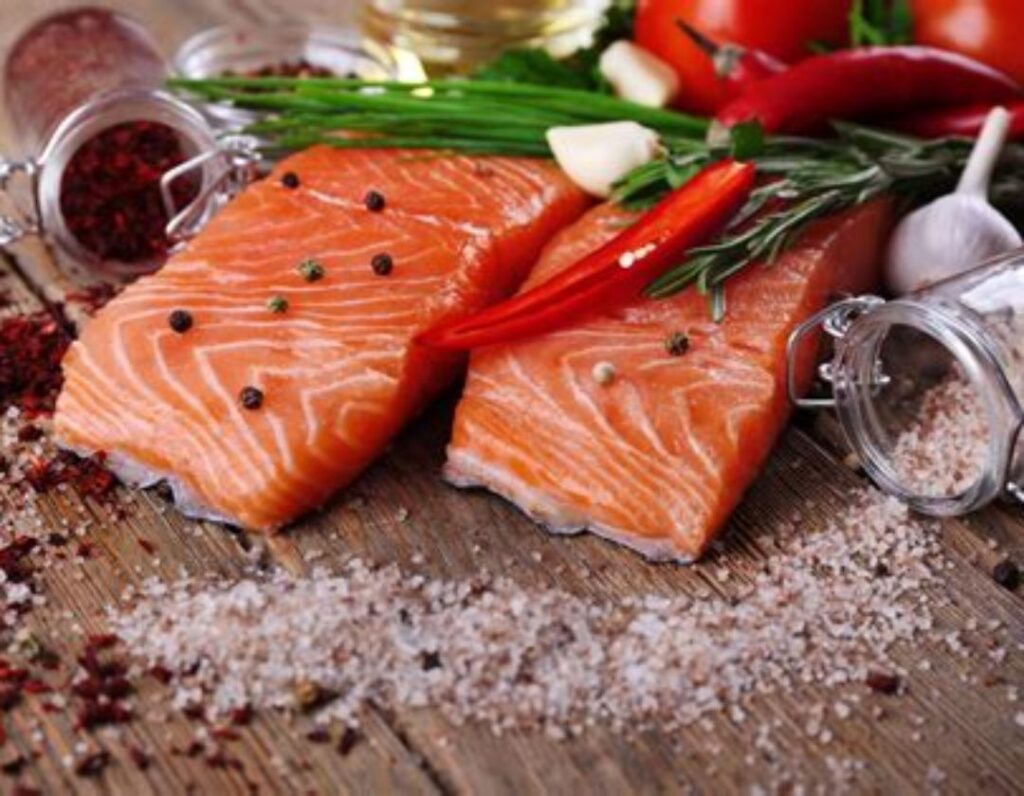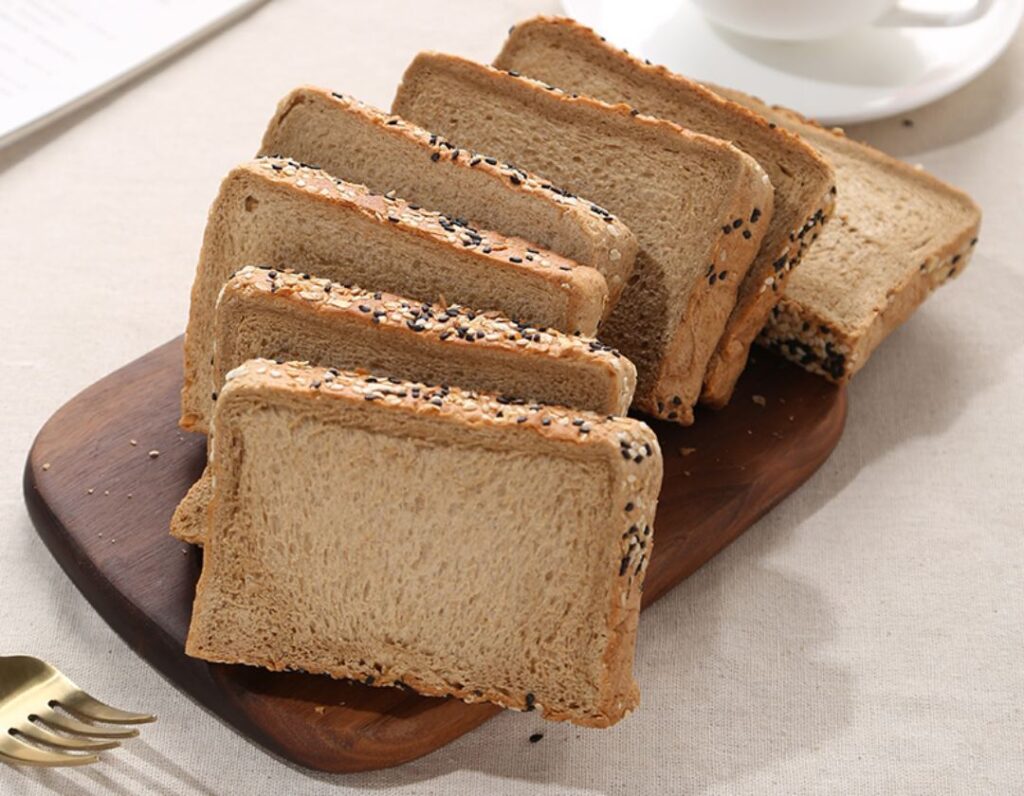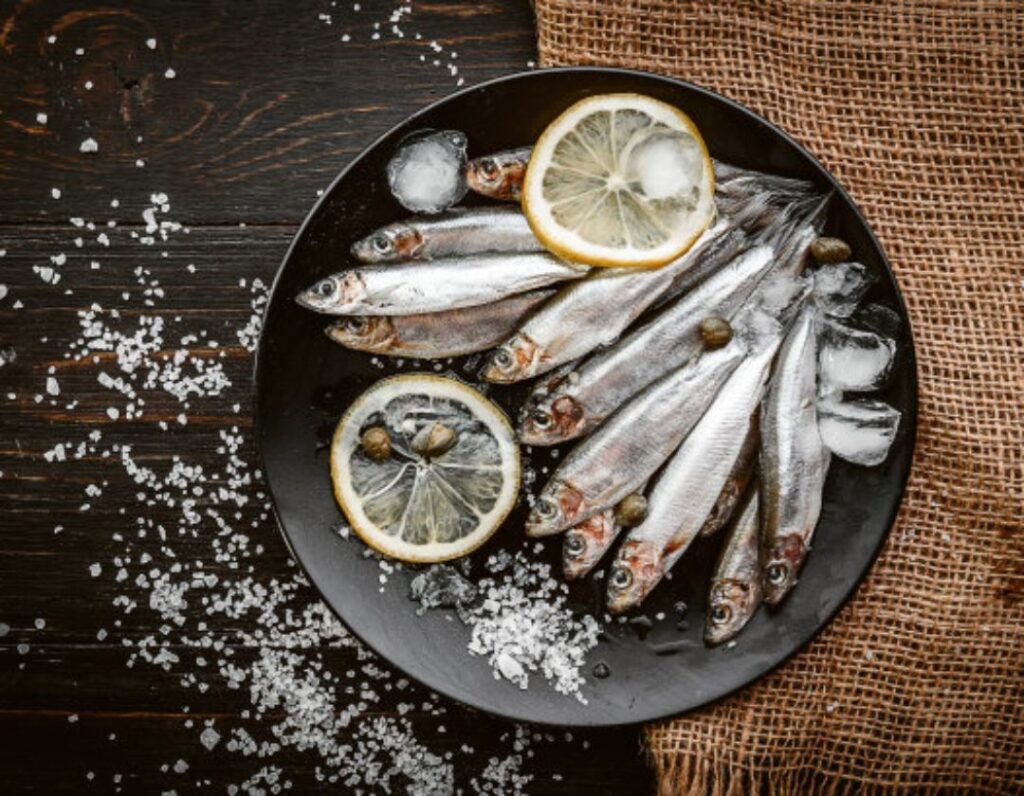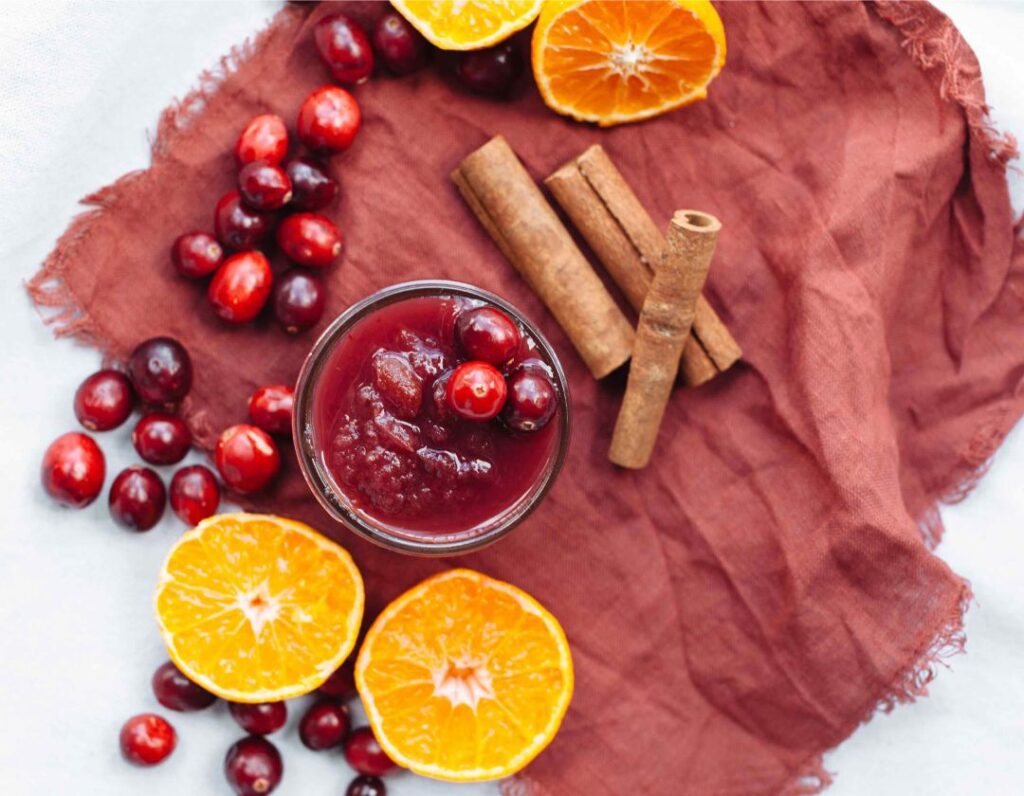The Nordic cuisine which is characterized by basic ingredients, purity, and fresh tastes is a cuisine that has been awarded all over the world as a way to prepare and serve food. Nordic cuisine was born in Scandinavia and has the main features of the use of the products that are available according to each season and the locality, which in itself, reflect the unique characteristics of the region of the Nordic countries.
Gravlax: The Art of Cured Salmon
Gravlax is a well-known dish with roots in the Nordic countries that clearly shows the love of the Scandinavians for the saltwater seafood. It is a kind of food belonging to the delicacies of Scandinavia, the typical method of preparation consists of salting the salmon for a couple of days with the mixture of salt, sugar, dill, generally added to juniper berries or aquavit. Through this process, the simple taste of the fish is intensified and through all this, the aroma of the fish is preserved. The most common way to eat gravlax is as a layer of fish, very thinly sliced, on a slice of bread made of rye having mustard sauce as a condiment as well, so most of the time gravlax is the essential kind of food in the diet of northern people.

Rye Bread: A Staple of Nordic Diets
Nordic diets are rye bread-centered, and the manifestations of this are many; however, “rugbrød” is a standing out fact that backs it up. The nutritionally beneficial, dark, and exceedingly flavorful rye bread is the one that is mostly whole grains and seeds that have been used in its preparation, and thus, it has the means to provide a most satisfying and quite substantial first course for the diner. It is a common diet element in the famous Scandinavian food culture “smørrebrød,” which refers to the open sandwiches covered in such delicious components as pickled herring, cold cut meats, or cheese, and rye bread represents the unadorned and nutritious aspects of Nordic food.

Pickled Herring: A Taste of Tradition
Pickled herring is a traditional dish of Nordic origin, reflecting the long and resourceful history of the Nordic region in the preservation of fish. The herring is cured in a vinegar-based brine, often spiced with dill, mustard seeds, and onions. The dish is accompanied by boiled potatoes, sour cream, and fresh herbs, providing a balanced mixture of flavors (a bit tangy, salty, and refreshing).

Kåldolmar: The Nordic Cabbage Roll
Kåldolmar, or stuffed cabbage rolls, is a traditional dish that portrays Nordic cooking’s simplicity and earthiness. Cabbage leaves are stuffed with a mixture of ground meat, rice, and spices, and then they are cooked in a fragrant broth. The delightful aroma and the filling nature of this meal bears testimony to the German preference for unprocessed and organic foods.

Lingonberry Jam: A Sweet and Tart Delight
Lingonberry jam has been a favorite product in Nordic kitchens for years because of its sweet and sour taste. From the tiny, red lingonberries that are found wild in Scandinavian woods, this jam is often served with dishes having savory tastes such as meatballs or pancakes. Its tartness and brightness provide an eye-catching contrast to the filling Nordic dinner.

The focus on minimal, natural, and fresh edibles and their flavors of Nordic cuisine is truly a pointer to the vastness of the Scandinavian landscape. In the best tradition of the DNA of natural, healthy, and good-quality ingredients in the region, dishes such as gravlax or whole grain bread come out very naturally, each showcasing a different element of the land and a different moment in time by-passing commitment, no one questions the effect.